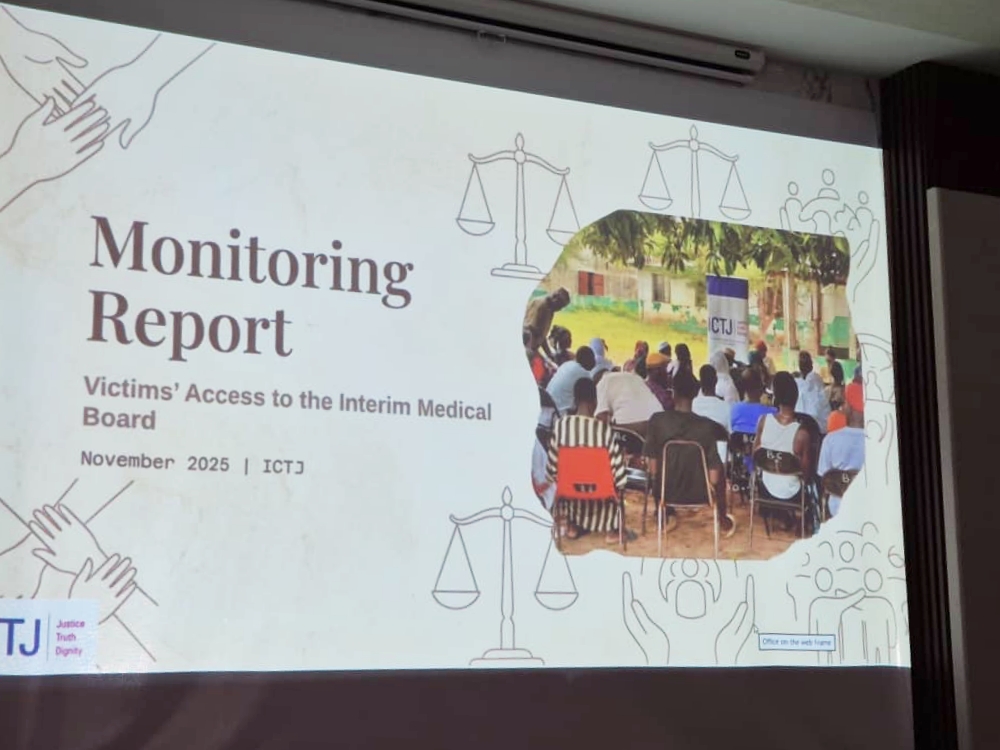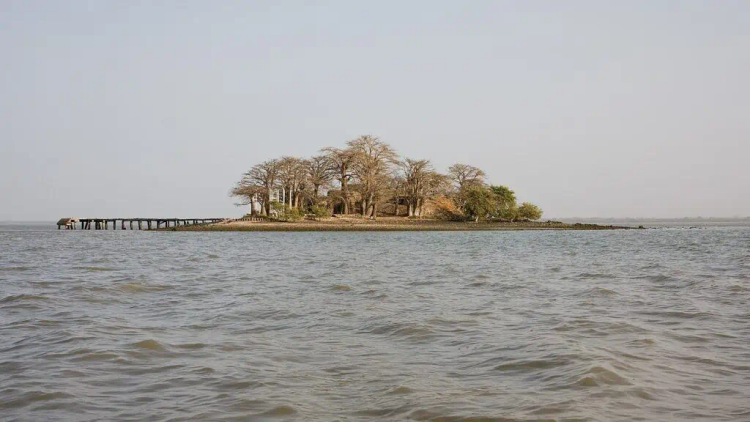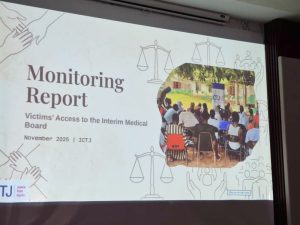Gambiaj.com – (BANJUL, The Gambia) – The Ministry of Tourism and Culture, through the Tourism Diversification and Resilience Project (TDRP), has initiated efforts to safeguard Kunta Kinteh Island from the escalating threat of erosion and flooding. Hon. Abdoulie Jobe, Minister of Tourism and Culture, announced that Royal Haskoning DHV has been contracted to conduct comprehensive feasibility studies on the island, with the aim of developing strategic interventions to prevent further degradation.
Speaking before the National Assembly on Wednesday, 25th September 2024, during the third ordinary session, Minister Jobe revealed that the inception report by Royal Haskoning DHV was finalized in May 2024. He further noted that the risk assessment and hazard modeling were completed in August 2024. According to the consultants, the island faces severe erosion caused by local wave attacks, compounded by increased flooding.
“The consultants have finalized three options for preventing further loss of the island,” Jobe informed the Assembly, adding that these options would be presented to both the Ministry of Tourism and Culture and key stakeholders from Jufurreh and Albreda between the 22nd and 27th of September 2024. The protection of Kunta Kinteh Island, a UNESCO World Heritage Site, is crucial to preserving the historic and cultural heritage of The Gambia.
In response to parliamentary queries regarding tourism development in Upper Niumi, the Minister reported that his Ministry had directed the Gambia Tourism Board (GTBoard) to collaborate with several key institutions, including the Department of Lands and Surveys, the National Environment Agency, and the Department of Parks and Wildlife, to identify all gazetted land in the region.
Jobe confirmed that three significant sites have been identified: Jokadu Wetland Park, Niumi National Park, and Baobolong Wetland Park. The Minister assured that efforts would be made to transform these areas into viable tourism products, stating, “Tourism is everybody’s business.” He pledged to engage with his colleagues in various ministries, including the Environment, Climate Change and Natural Resources; Lands and Regional Government; and the Interior, to push this initiative forward.
Addressing the issue of local tourism, Jobe emphasized its importance as a strategic pillar in the new Tourism Policy and Strategy (2021-2031), which aims to diversify the tourism sector and promote cultural and natural attractions to both local and international audiences. He pointed out that the GIEPA Act of 2015 offers special incentives for investment in rural tourism infrastructure, which has already garnered interest in the construction of eco-lodges across the country.
“Already, there is growing interest in the construction and operation of sustainable Eco lodges in rural Gambia; for example, Kosemar in URR, Kauren in CRR, Abcas in Foni Bintang Bolong, Bansang River Site Lodge, and Tendaba Camp, amongst others,” Minister Jobe said in conclusion.
With these efforts, the Ministry aims to not only preserve the historical significance of Kunta Kinteh Island but also to boost tourism development in rural Gambia, contributing to the nation’s cultural and economic growth.










